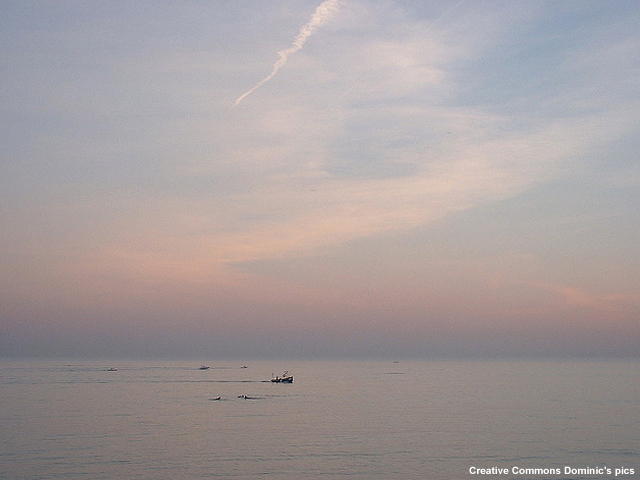Visibility
For your METAR, you also need to observe visibility.

Visibility refers to the maximum horizontal surface distance that can be observed at or near sea level. Visibility can be estimated manually or measured by a sensor. Visibility observations should be taken from as many points as necessary to give an entire view of the horizon and from a point as close to the ocean surface as possible (i.e., the visibility should not be observed from the signal bridge if it is possible to observe it from a lower level).
For daytime estimates of visibility, the observer should reference dark or nearly dark objects against the horizon sky. At night, the observer can use unfocused lights of moderate intensity as reference points.
AG2 Ferguson offers some guidelines for determining visibility.
AG2 Ferguson: "Visibility is determined visually. To estimate the visibility, you can use fixed points at a known distance. If a fixed point is two nautical miles away, and you go out and you can see that point, you know that visibility is greater than two miles. But if you have a point that you know is six miles away and you come out and you can't quite see that marker, you know that visibility is less than six miles. Today we have unrestricted visibility, because you can see the crisp line between the sea and the sky. Sometimes during calm seas and overcast skies, it will seem as though visibility has been restricted. This occurs when a stratus layer extends over the horizon, and the calm seas act as a mirror."

Overcast conditions over calm seas near the horizon may make visibility appear lower than it actually is.
